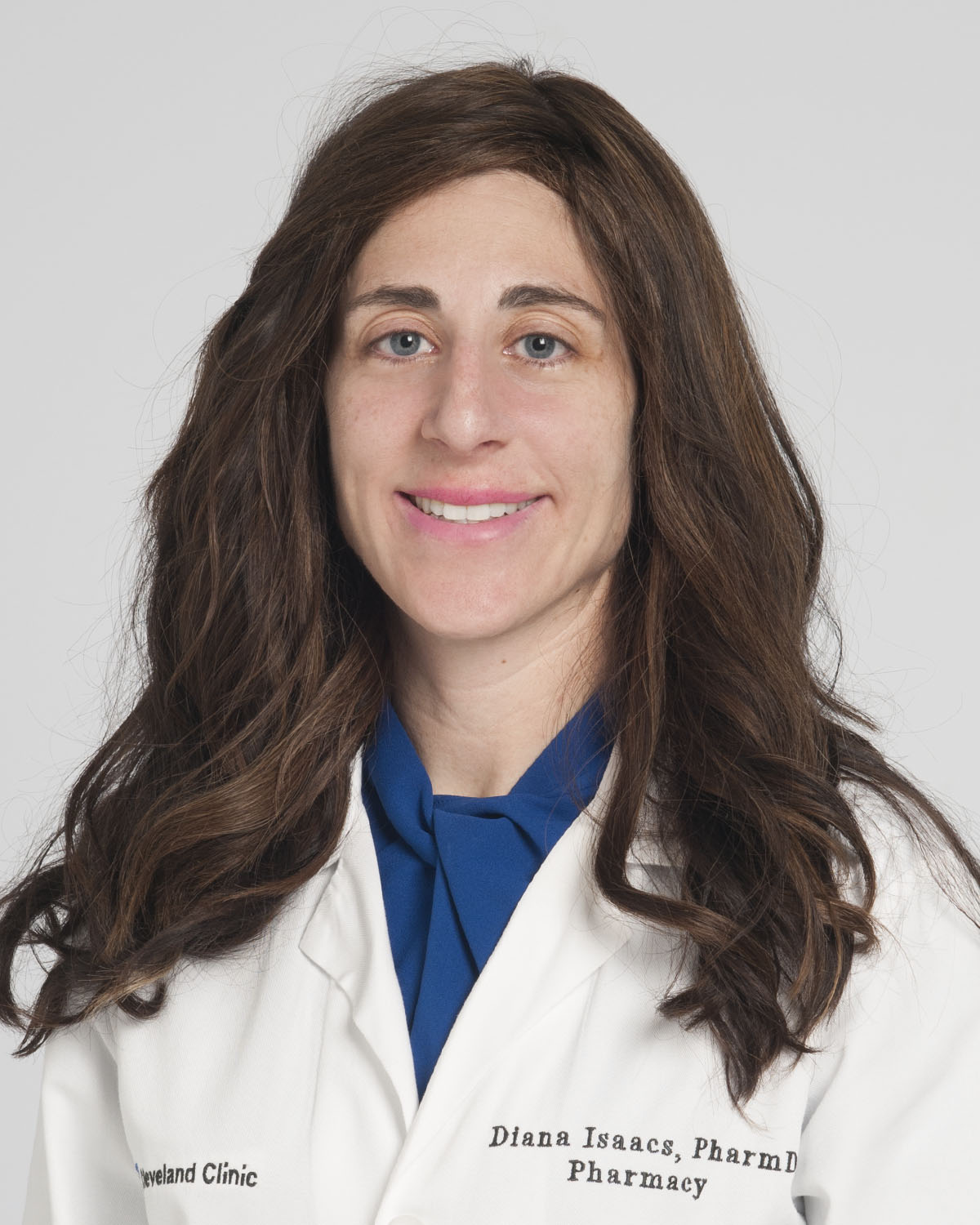Data Interpretation: Applying the DATAA Model to Dexcom G6 RT-CGM and Dexcom CLARITY
Diabetes is complex, and the current model of care, measuring an A1C value every three months, does not capture the time spent in various blood glucose ranges or adequately characterize life with diabetes.
Real-time continuous glucose monitoring (RT-CGM) generates multiple points of glucose data, while also revealing patterns and trends to support discovery learning for the person living with diabetes. Dexcom CLARITY clinic software is a powerful tool for healthcare professionals (HCPs) to support treatment decisions.
Dr. Diana Isaacs, PharmD, BCPS, BCACP, BC-ADM, CDCES, FADCES, FCCP, is an Endocrine Clinical Pharmacy Specialist, and the CGM and Remote Monitoring Program Coordinator, at Cleveland Clinic Endocrinology & Metabolism Institute. As a CGM expert and the lead author of a 2020 paper focusing on Technology Integration, she is often asked questions about RT-CGM data interpretation including: What do you do with the data? How do you interpret an AGP report? What are the International Consensus Guidelines on time-in range?
In this video presentation Dr. Isaacs will discuss the need for both people living with diabetes and HCPs to review CGM data for treatment decisions and to support health behavior changes.
The key topics include:
Data interpretation for people living with diabetes
- Unique features and settings in the Dexcom G6, including Urgent Low Soon for predictive low alerts when glucose is projected to be at or below 55 mg/dL within 20 minutes
- CLARITY App push notifications and weekly email summary provides insights into time-in-range (TIR), patterns, and trends from the past week
- Incorporating RT-CGM trend arrows into diabetes decisions
- Benefits of adding Followers to share RT-CGM data with family or friends
Data interpretation for HCPs
- Introduction to the ICC Framework (Identify, Configure, Collaborate) a simple 3-step process to guide HCPs to implement and optimize technology into practice
- Use of the DATAA model, a tool to quickly and systematically interpret RT-CGM data in a standardized, simplified, and practical way
- D: Download data to view in CLARITY clinic
- A: Assess Safety, review time below range and hypoglycemia, discuss potential reasons and realistic solutions
- T: Review progress towards TIR goals focusing on the best day
- A: Areas to Improve, review time above range and identify possible causes, solutions, and adjustments to self-management
- A: Action Plan to identify potential changes in the treatment plan
- Apply the DATAA model to a case study using Dexcom G6 RT-CGM
Download this convenient ICC Framework and the DATAA model reference tool described in the webinar.
Reference
Isaacs D et al. Technology integration: The role of the diabetes care and education specialist. The Diabetes Educator. 2020;46(4):323-334.
Presenters

Diana Isaacs, PharmD, BCPS, BCACP, BC-ADM, CDCES, FADCES, FCCP
Dr. Isaacs, is an Endocrinology Clinical Pharmacy Specialist. She serves as the Co-Director of Endocrine Disorders in Pregnancy and the Director of Education and Training in Diabetes Technology at the Cleveland Clinic Endocrinology and Metabolism Institute. Diana earned her bachelor’s degree in chemistry from the University of Illinois at Chicago, Doctor of Pharmacy Degree from Southern Illinois University Edwardsville (SIUE) and completed a pharmacy practice residency at the Philadelphia Veterans Affairs. Dr. Isaacs holds board certifications in pharmacotherapy, ambulatory care, and advanced diabetes management.
She served on the American Diabetes Association (ADA) Professional Practice Committee from 2020-2023, the committee that updates the ADA Standards of Care. She is a National Board Member of the Association of Diabetes Care and Education Specialists (ADCES). She co-hosts a podcast titled “Diabetes Dialogue: Technology, Therapeutics and Real-World Perspectives”. She was the ADCES Diabetes Care and Education Specialist of the Year in 2020 and inducted into the SIUE Hall of Fame in 2022 for her far reaching contributions in diabetes care.